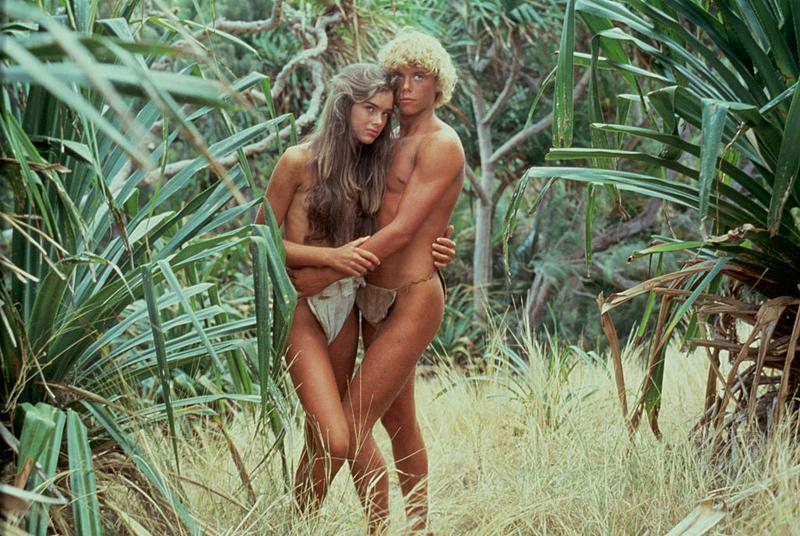"The Blue Lagoon" Filming Uncovered A New Animal Species
By | October 6, 2022

You probably remember the 1980 movie The Blue Lagoon, which starred then-14-year-old Brooke Shields and 18-year-old Christopher Adkins as scantily clad castaways on a deserted tropical island. The film, with its gratuitous teen nudity and bewildering sex scenes, was generally panned by critics and even earned Shields a Razzie Award for Worst Actress, but it did receive an Academy Award for Best Cinematography. It was that camera work that also proved to be noteworthy for wildlife biologists.
Filming The Blue Lagoon
The majority of The Blue Lagoon, which was based on a 1908 novel by Henry De Vere Stacpoole, was set on an island somewhere in the South Pacific. The movie's director, Randal Kleiser, selected the privately owned island Nanuya Levu in Fiji as the movie's filming location, and cinematographer Nestor Almendros beautifully captured the island's natural flora and fauna.

Dr. John Gibbons
When The Blue Lagoon hit theaters in 1980, people flocked to see it despite dismal reviews, including Dr. John Gibbons, a herpetologist from the University of the South Pacific. Dr. Gibbons paid particular attention to the lizards and iguana shown in the movie, especially one species of iguana that was shown repeatedly throughout the film and Dr. Gibbons had never seen before. He decided to travel to Nanuya Levu to see the creature for himself.

The Fiji Crested Iguana
As Dr. Gibbons suspected, this was a previously unknown species of iguana, since named Brachylophus vitiensis or the Fiji crested iguana. Over the course of his research, which he published in 1981, Dr. Gibbons learned the Fiji crested iguana could be found on 14 of the islands in the northwestern Fiji archipelago, where dry forests, the preferred habitat of the species, were plentiful. Today, however, nearly the entire remaining population of Fiji crested iguanas, which have become endangered, now live on just one island, Yadua Taba, where a protected sanctuary has been established.

